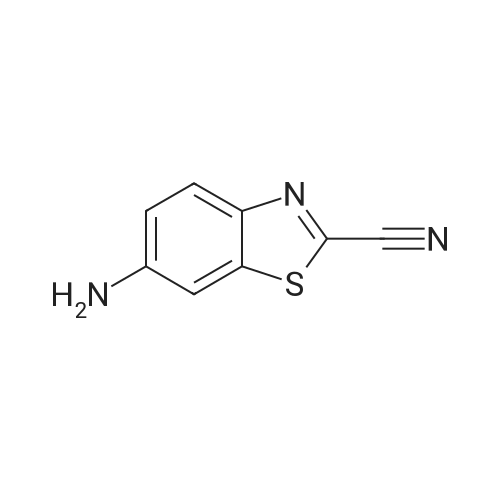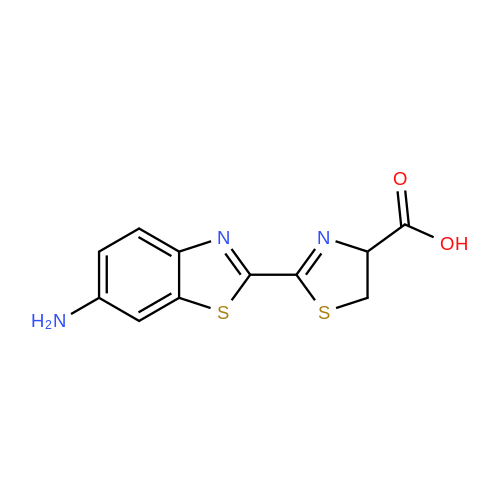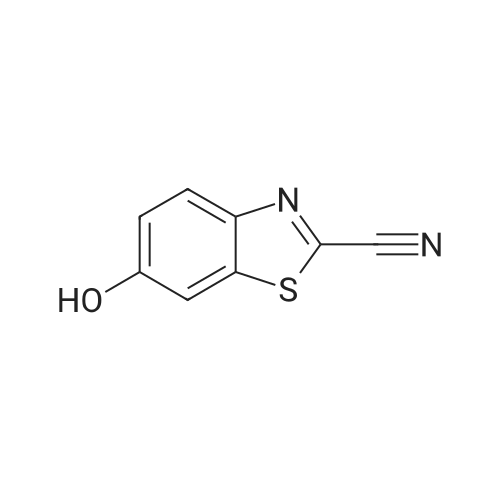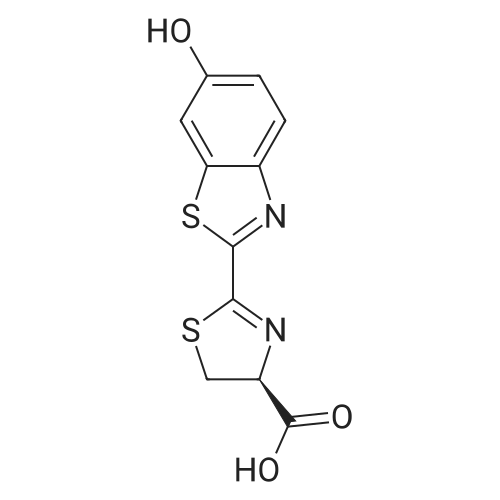Enhancing Gene Delivery to Breast Cancer with Highly Efficient siRNA Loading and pH-Responsive Small Extracellular Vesicles
Kim, Gaeun
;
Zhu, Runyao
;
Yu, Sihan
, et al.
ACS Biomater. Sci. Eng.,2024.
DOI:
10.1021/acsbiomaterials.4c01595
PubMed ID:
39713992
More
Abstract: Small extracellular vesicles (sEVs) are promising nanocarriers for drug delivery to treat a wide range of diseases due to their natural origin and innate homing properties. However, suboptimal therapeutic effects, attributed to ineffective targeting, limited lysosomal escape, and insufficient delivery, remain challenges in effectively delivering therapeutic cargo. Despite advances in sEV-based drug delivery systems, conventional approaches need improvement to address low drug-loading efficiency and to develop surface functionalization techniques for precise targeting of cells of interest, all while preserving the membrane integrity of sEVs. We report an enhanced gene delivery system using multifunctional sEVs for highly efficient siRNA loading and delivery. The integration of chiral graphene quantum dots enhanced the loading capacity while preserving the structural integrity of the sEVs. Additionally, lysosomal escape is facilitated by functionalizing sEVs with pH-responsive peptides, fully harnessing the inherent homing effect of sEVs for targeted and precise delivery. These sEVs achieved a 1.74-fold increase in cytosolic cargo delivery compared to unmodified sEVs, resulting in substantial gene silencing of around 73%. Our approach has significant potential to advance sEV-based gene delivery in order to accelerate clinical progress.
Keywords:
lipid nanoparticles ;
lysosomal escape ;
gene delivery ;
graphene quantum dots ;
GALA
Purchased from AmBeed:
921-01-7 ;
106627-54-7

Blocking tau transmission by biomimetic graphene nanoparticles
Zhu, Runyao
;
Makwana, Kamlesh M.
;
Zhang, Youwen
, et al.
J. Mater. Chem. B,2023,11,7378-7388.
DOI:
10.1039/d3tb00850a
PubMed ID:
37431684
More
Abstract: Tauopathies are a class of neurodegenerative diseases resulting in cognitive dysfunction, executive dysfunction, and motor disturbance. The primary pathol. feature of tauopathies is the presence of neurofibrillary tangles in the brain composed of tau protein aggregates. Moreover, tau aggregates can spread from neuron to neuron and lead to the propagation of tau pathol. Although numerous small mols. are known to inhibit tau aggregation and block tau cell-to-cell transmission, it is still challenging to use them for therapeutic applications due to poor specificity and low blood-brain barrier (BBB) penetration. Graphene nanoparticles were previously demonstrated to penetrate the BBB and are amenable to functionalization for targeted delivery. Moreover, these nanoscale biomimetic particles can self-assemble or assemble with various biomols. including proteins. In this paper, we show that graphene quantum dots (GQDs), as graphene nanoparticles, block the seeding activity of tau fibrils by inhibiting the fibrillization of monomeric tau and triggering the disaggregation of tau filaments. This behavior is attributed to electrostatic and π-π stacking interactions of GQDs with tau. Overall, our studies indicate that GQDs with biomimetic properties can efficiently inhibit and disassemble pathol. tau aggregates, and thus block tau transmission, which supports their future developments as a potential treatment for tauopathies.
Purchased from AmBeed:
921-01-7

Chirality-enhanced transport and drug delivery of graphene nanocarriers to tumor-like cellular spheroid
Hyunsu Jeon
;
Runyao Zhu
;
Gaeun Kim
, et al.
Front. Chem.,2023,11,1207579.
DOI:
10.3389%2Ffchem.2023.1207579
PubMed ID:
37601907
More
Abstract: Chirality, defined as "a mirror image" is a universal geometry of biological and nonbiological forms of matter. This geometry of molecules determines how they interact during their assembly and transport. With the development of nanotechnology, many nanoparticles with chiral geometry or chiroptical activity have emerged for biomedical research. The mechanisms by which chirality originates and the corresponding synthesis methods have been discussed and developed in the past decade. Inspired by the chiral selectivity in life, a comprehensive and in-depth study of interactions between chiral nanomaterials and biological systems has far-reaching significance in biomedicine. Here, we investigated the effect of the chirality of nanoscale drug carriers, graphene quantum dots (GQDs), on their transport in tumor-like cellular spheroids. Chirality of GQDs (L/D-GQDs) was achieved by the surface modification of GQDs with L/D-cysteines. As an in-vitro tissue model for drug testing, cellular spheroids were derived from a human hepatoma cell line (i.e., HepG2 cells) using the Hanging-drop method. Our results reveal that the L-GQDs had a 1.7-fold higher apparent diffusion coefficient than the D-GQDs, indicating that the L-GQDs can enhance their transport into tumor-like cellular spheroids. Moreover, when loaded with a common chemotherapy drug, Doxorubicin (DOX), via π-π stacking, L-GQDs are more effective as nanocarriers for drug delivery into solid tumor-like tissue, resulting in 25% higher efficacy for cancerous cellular spheroids than free DOX. Overall, our studies indicated that the chirality of nanocarriers is essential for the design of drug delivery vehicles to enhance the transport of drugs in a cancerous tumor.
Keywords:
chirality ;
graphene quantum dots ;
cellular spheroid ;
diffusion coefficient ;
drug delivery
Purchased from AmBeed:
921-01-7


 Chemistry
Chemistry
 Pharmaceutical Intermediates
Pharmaceutical Intermediates
 Inhibitors/Agonists
Inhibitors/Agonists
 Material Science
Material Science















 For Research Only
For Research Only
 120K+ Compounds
120K+ Compounds
 Competitive Price
Competitive Price
 1-2 Day Shipping
1-2 Day Shipping


















